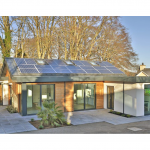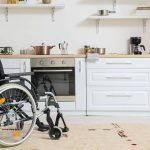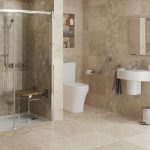Designing Accessible and Stylish Handicap Bathroom Layouts
Creating an accessible bathroom layout is crucial for establishing a safe and functional space that meets the needs of individuals with disabilities. By incorporating grab bars, accessible toilets, and comfortable seating options into your handicap bathroom design, you can optimize space and ensure proper clearances.
This thoughtful approach fosters an environment that promotes accessibility and empowers users to navigate the bathroom with confidence, fostering their independence and well-being.
Understanding the Importance of a Well-Designed Handicap Bathroom Layout
Enhancing Safety and Accessibility with Grab Bars
Grab bars are crucial for providing support and stability to individuals with mobility challenges. The bars are placed close to the toilet, shower, and bathtub. This helps people move around these areas safely and reduces the risk of slipping and falling.
Opt for grab bars made from durable materials such as stainless steel or chrome-plated brass to ensure they can withstand heavy use over time. Properly installing and positioning grab bars at the right height for different users, whether seated or standing, maximizes their effectiveness in promoting safety.
The Significance of Handicap Toilets in Accessible Bathroom Design
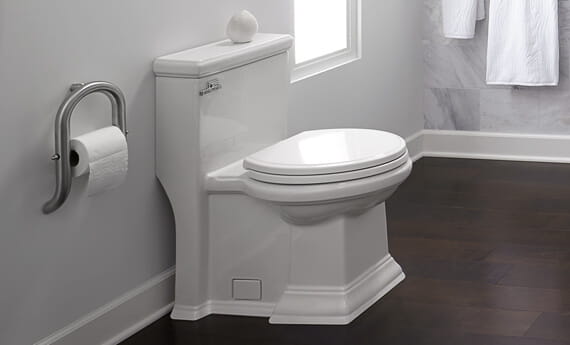
Handicap Toilets are key elements in creating an accessible bathroom design. Ensuring proper placement and sufficient clearance around the toilet is vital for creating a comfortable and functional toilet area. Compliance with accessibility standards, including the ADA guidelines, helps in designing toilet layouts that cater to the needs of individuals with disabilities. Considerations such as seat height, flush controls, and grab bar installation provide added convenience and ease of use.
Creating Accessible Toilet Rooms for Maximum Convenience
Accessible toilet rooms are essential components of an inclusive bathroom design. These rooms should be designed to accommodate wheelchair users and individuals with mobility aids. Ensuring adequate space and clear floor space allows for easy access and transfers.
Compliance with size requirements, doorway width, and fixture placement ensures that individuals with disabilities can navigate the toilet room comfortably. Paying attention to details such as door swing, turning space, and clearance around fixtures further enhances accessibility and usability.
Comfortable Seating Options
Shower Seats: Enhancing Comfort and Safety
Shower seats offer a convenient and relaxing option for individuals who have difficulty standing for long periods or maintaining balance. These seats come in various styles, such as wall-mounted foldable seats or built-in bench seats, providing a safe and accessible seating option during bathing. When selecting a shower seat for a handicap shower, consider materials that are water-resistant and easy to clean, such as teak wood or plastic. Installing the seat securely to the wall ensures stability and durability.
Raised Toilets: Improving Accessibility Use
Raised toilets improve accessibility, allowing individuals with mobility issues to sit down and stand up without assistance. These toilets reduce strain on the knees and back, providing added comfort and convenience. When choosing a raised toilet, consider the appropriate seat height based on the user’s needs. Additionally, selecting a toilet with features like soft-closing seats and dual-flush options adds to the overall user experience and water efficiency.
Optimizing Space and Clearances
Maximizing Floor Space: Ensuring Easy Navigation
Maximizing floor space is crucial in creating an accessible bathroom layout. By utilizing space-saving fixtures such as wall-mounted sinks and toilets, you can preserve valuable floor space and enhance accessibility for wheelchair users. Selecting compact yet functional fixtures and carefully planning their placement allows for easy navigation and movement within the bathroom. Non-slip flooring materials, such as ceramic tiles or vinyl, provide traction and can help prevent slips and falls.
Clearance Considerations: Creating Unobstructed Pathways
Clearances play a significant role in facilitating easy movement within the bathroom. Adequate door clearance, turning space, and fixture clearances are essential for individuals using mobility devices. Adhering to these clearance requirements creates a barrier-free environment that promotes independence. For example, ensuring a minimum door width of 32 inches allows for easy wheelchair access.
Providing ample turning space, typically with a diameter of at least 60 inches, enables wheelchair users to navigate the bathroom comfortably. Maintaining a distance of at least 18 inches from the centerline of the toilet to any obstruction ensures unobstructed pathways and ease of use.
Innovative Solutions and Latest Trends
Smart Technology Integration for Enhanced Accessibility
The latest trends in accessible bathroom design include the integration of smart technology. Smart toilets with features like automatic flushing, bidet functions, and self-cleaning capabilities offer convenience and improved hygiene. Motion-sensor faucets and lighting systems provide touchless operation, promoting cleanliness and reducing the need for manual adjustments.
Voice-activated controls and smartphone apps enable individuals with disabilities to control various bathroom features easily. Embracing these innovative solutions can further enhance the accessibility and usability of the bathroom space.
Handicap Bathroom Layout
A video by Kohler for anyone looking to improve their bathroom layout to better accommodate individuals with disabilities. Filled with practical tips and inspiring examples, this video covers important topics like accessible bathroom design, installing grab bars, and incorporating wheelchair-accessible fixtures.
Universal Design Principles for Inclusive Bathrooms
Universal design principles focus on creating spaces that are accessible and usable by individuals of all ages and abilities. Applying these principles to bathroom design ensures that everyone, including individuals with disabilities, can navigate and use the space comfortably.
Features like lever-style faucets that are easy to operate, adjustable-height showerheads, and walk-in showers with level thresholds contribute to a more inclusive bathroom environment. Including elements such as contrasting colors and tactile indicators for individuals with visual impairments enhances the accessibility and user experience.
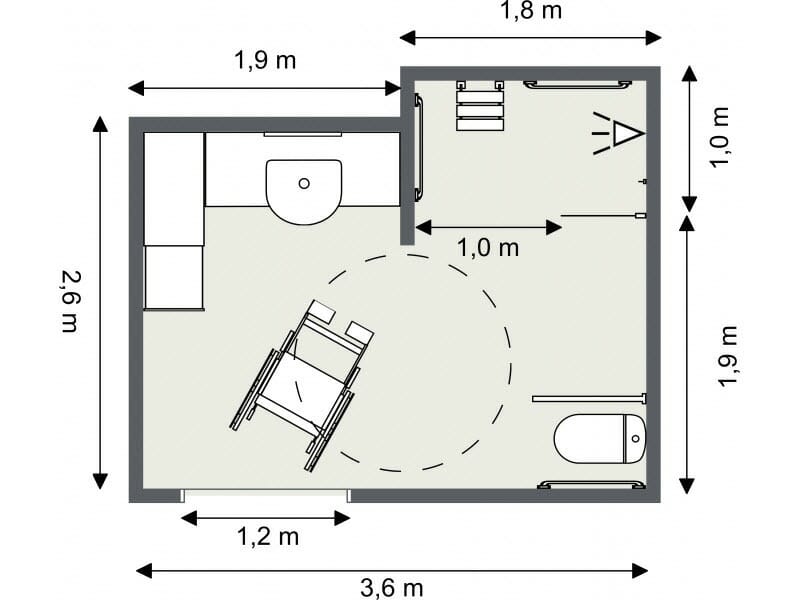
Conclusion: Handicap Bathroom Layouts
Designing an accessible bathroom layout requires careful consideration of various elements to ensure safety, convenience, and accessibility. By including accessible products, and optimizing space and clearances, you can design a bathroom that caters to the unique needs of individuals with disabilities.
Smart technology and universal design principles make the bathroom more accessible and user-friendly. With an accessible layout, you can enhance comfort, independence, and overall well-being for individuals with disabilities.
Learn more about our accessible design remodel services.



